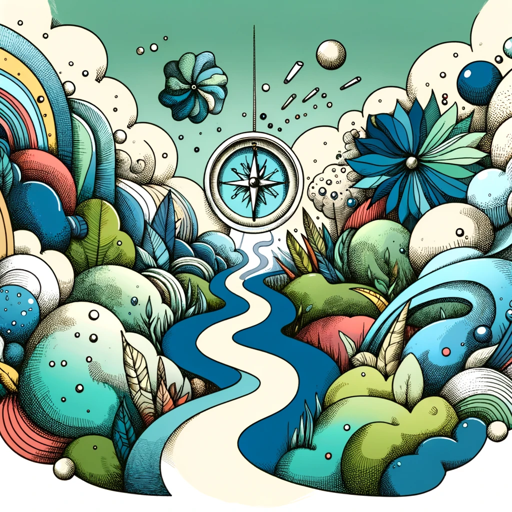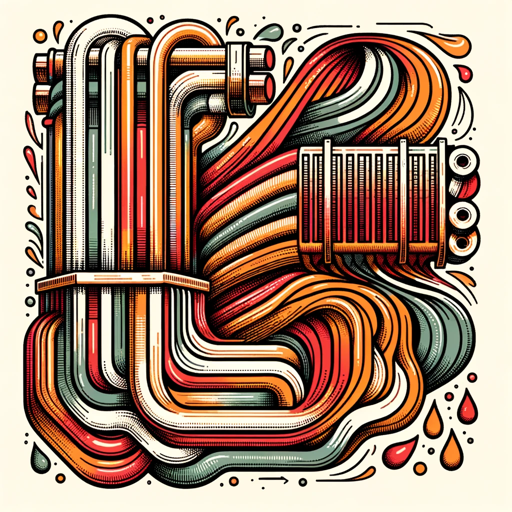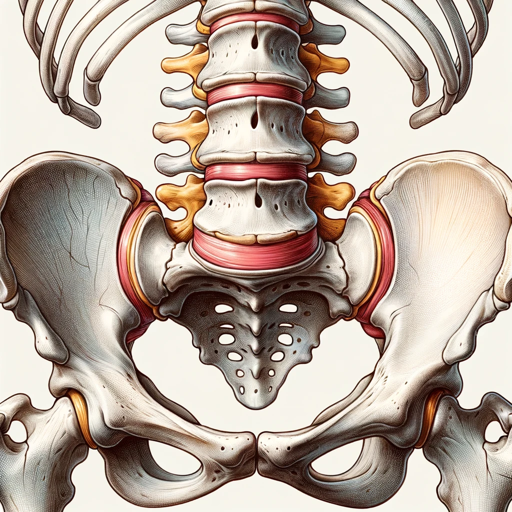Automated Image Prompt Variation Testing-image prompt variation testing
AI-powered image prompt generation
!start [description of desired image]
!demo
!help
Related Tools
Load More
Image Prompt Generator
I craft midjourney format prompts.by giving me the subject and action and style. Default will be photorealistic, cinematic and anime style. It can be used in other text to image Ai too.

Simple Image Prompt Maker
Quickly and simply create image prompts. Please enter your image concept.#GPTs "Let's all play together at chat.openai.com" 🎉 #ChatGPT #GPTbuilder #promptshare

Image Prompt Genius
IPG - Extracts image high-quality prompts from given keyword(s) or description, and generates the images for you.

Image to Prompt
Creates prompts for AI image generation.

Images Promt Generate
Helps to create high quality and visually appealing images in the Midjourney

Prompt optimiser for image generation
Prompt and photography expert, adds camera settings to generate the best images.
20.0 / 5 (200 votes)
Introduction to Automated Image Prompt Variation Testing
Automated Image Prompt Variation Testing is a sophisticated AI-driven workflow designed to generate and refine image prompts for DALL-E, a neural network-based image generation model. The primary purpose of this tool is to help users create diverse and high-quality visual content by exploring various creative interpretations of a given description. The process involves generating multiple distinct prompts from a single user input, which are then used to create images. By comparing these images, users can identify the most effective prompt, refine their ideas, and achieve their desired visual outcome. For example, if a user wants to create an image of a 'futuristic cityscape,' the system will generate several different prompts with unique variations on the concept, producing a range of images from which the user can select the most appealing or accurate representation.

Main Functions of Automated Image Prompt Variation Testing
Prompt Synthesis
Example
Generating five distinct prompts based on a user’s description of 'a serene mountain landscape.'
Scenario
A graphic designer needs various interpretations of a serene mountain landscape for a project. The system provides five different prompts, each with unique elements such as varying weather conditions, times of day, or artistic styles.
Image Generation Loop
Example
Creating images for each of the five synthesized prompts.
Scenario
An artist is exploring different visual concepts for a fantasy novel cover. They describe a 'magical forest,' and the system generates five images, each depicting the forest with different magical elements like glowing trees, mythical creatures, and enchanted rivers.
DataFrame Creation with Prompts and Images
Example
Compiling a dataframe that associates each prompt with its corresponding generated image.
Scenario
A marketing team wants to evaluate various visual concepts for a new product launch. The system organizes the generated images and their prompts into a dataframe, making it easy for the team to review and select the best concepts for their campaign.
Ideal Users of Automated Image Prompt Variation Testing
Graphic Designers
Graphic designers can use this tool to explore different visual styles and concepts quickly. By generating multiple versions of a design prompt, they can save time and find the best creative direction for their projects.
Marketing Teams
Marketing professionals can leverage this service to brainstorm and evaluate visual ideas for campaigns. The ability to generate and compare multiple images from a single description helps in selecting the most impactful visuals for advertisements, social media, and other marketing materials.

How to Use Automated Image Prompt Variation Testing
1
Visit aichatonline.org for a free trial without login, no need for ChatGPT Plus.
2
Input your detailed description of the desired image to start the workflow.
3
The tool generates five distinct prompts based on your description, using unique strategies.
4
For each prompt, the tool requests DALL-E to generate an image, creating a set of diverse images.
5
Review the generated images and select your preferred one or restart with a new description.
Try other advanced and practical GPTs
Heat Transfer Problem Solver
AI-powered Heat Transfer Analysis

Best Balance Transfer Credit Cards
AI-powered credit card comparison for debt management.

Advanced Heat Transfer Tutor
AI-powered advanced heat transfer solutions

Advanced Data Analysis
AI-Powered Insights for Smarter Decisions

Advanced GPT
AI-Powered Expert Assistance at Your Fingertips

Advanced Physical Chemistry Tutor
AI-powered advanced chemistry tutor

Software Testing Assistant [Manual/Automation]
AI-powered tool for software testing.
![Software Testing Assistant [Manual/Automation]](https://files.oaiusercontent.com/file-MlYx58XvLrh7G8RFtIM8SNTn?se=2123-12-26T08%3A59%3A12Z&sp=r&sv=2021-08-06&sr=b&rscc=max-age%3D1209600%2C%20immutable&rscd=attachment%3B%20filename%3Dad.png&sig=w6C5QHYeFxCuVqjVv0R2TmlWio9JklIb0B5ozQvBOrQ%3D)
Penetration testing GPT
AI-Powered Penetration Testing Assistant

Low Back Pain
AI-powered back pain relief and prevention

Low Voltage Sales Assistant
AI-powered assistant for low voltage sales.

Spinal adaptation for low back pain
AI-powered spinal adaptation for back pain.

VS Code
AI-powered coding for everyone.

- Content Creation
- Academic Research
- Creative Projects
- Digital Marketing
- Product Design
Automated Image Prompt Variation Testing: Q&A
What is Automated Image Prompt Variation Testing?
It is a tool that generates multiple AI-created image prompts based on a user’s description, then creates diverse images for selection.
How can I access this tool?
You can access it via aichatonline.org for a free trial without requiring login or ChatGPT Plus.
What are the typical use cases for this tool?
Typical use cases include digital marketing, creative projects, academic research, product design, and content creation.
What makes this tool unique?
Its ability to generate multiple distinct prompts and images from a single description, ensuring a wide variety of creative outcomes.
How does the tool ensure prompt variety?
It employs different strategies for prompt generation, each interpreting the user’s description in a unique way.